The Taiwan of yesteryear was dominated in whole or in part by the Dutch, Spanish, Qing Empire and Japanese. But is the Taiwanese name for a popular edible fish derived from the Portuguese language?
Cheng Wei-chung (鄭維中), an associate research fellow at Academia Sinica’s Institute of Taiwan History, says yes.
The fish in question is the narrow-barred Spanish mackerel, which was listed in early 18th century Qing local gazetteers as Taiwanese specialities alongside milk fish and mullet, according to Cheng’s paper, “Mullet, narrow-barred Spanish mackerel and milkfish: Multiple contextual developments of three certified seafood specilaities in Taiwan, from the Dutch period to the initial years of Qing rule” (烏魚、土魠、虱目魚:多元脈絡下荷治至清領初期臺灣三種特色海產的確立).
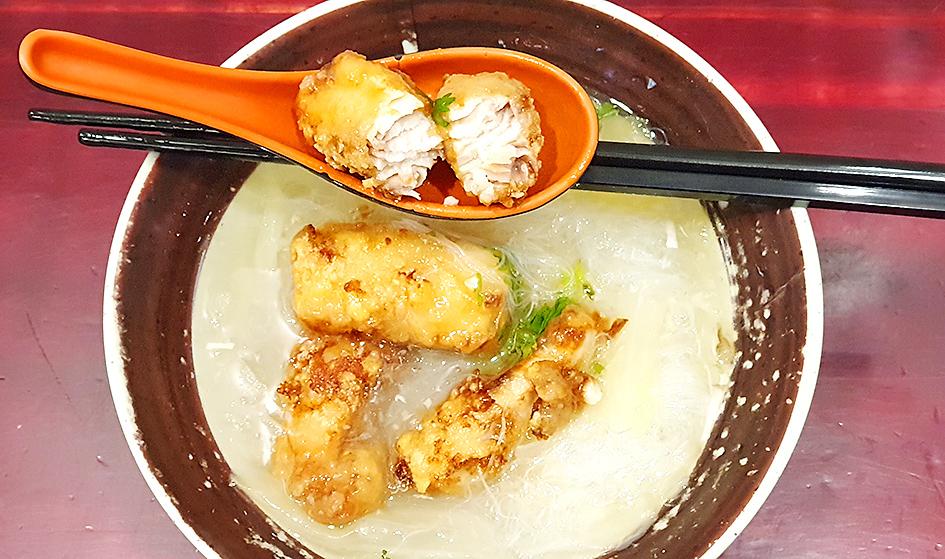
Photo: Katy Hui-wen Hung
The native name of the Spanish mackerel was recorded as tutuo (土魠). It’s one of five mackerel species commonly found in Taiwan.
TRACING THE NAME
Efforts to precisely identify tutuo began in 1906 when Hans Sauter took a large sample of fish varieties from the markets in Takao (today’s Kaohsiung). Sauter, a German entomologist and ichthyologist who had arrived in Japanese-ruled Taiwan the previous year, ended up staying in the colony until his death in 1941.
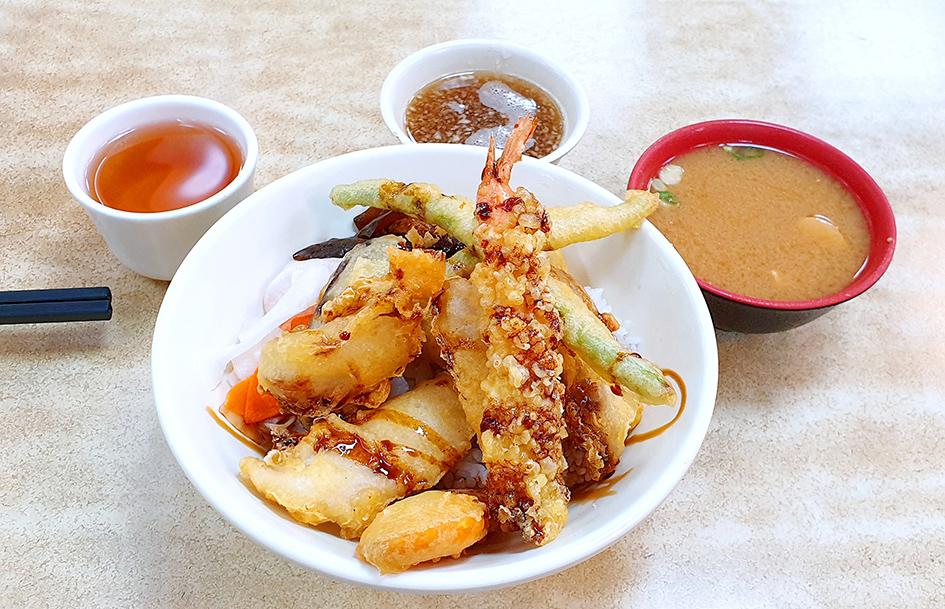
Photo: Katy Hui-wen Hung
Sauter sent specimens to two leading ichthyologists in the US, David Jordan — later a key figure in the scientific naming of the Formosan landlocked salmon, but better known as the founding president of Stanford University — and Richard Richardson.
In 1909, Jordan and Richardson published a catalog of Taiwan’s fish varieties based on Sauter’s specimens. They identified tutuo as Scomberomorus commersoni, noting: “Native name To to. One specimen, 21-inches long from Takao.”
Scomberomorus commerson is common in the seas around Southeast Asia, Australia and as far north as Japan. In the south of China, it’s known as majia (馬加魚), but the Dutch called it koningsvis (國王魚, literally “kingfish”) during the 17th century. In the Dutch East Indies (now Indonesia) during the 18th century, the Dutch name was replaced with tangierie, a Malay label widely used by Southeast Asians, including in the Philippines.
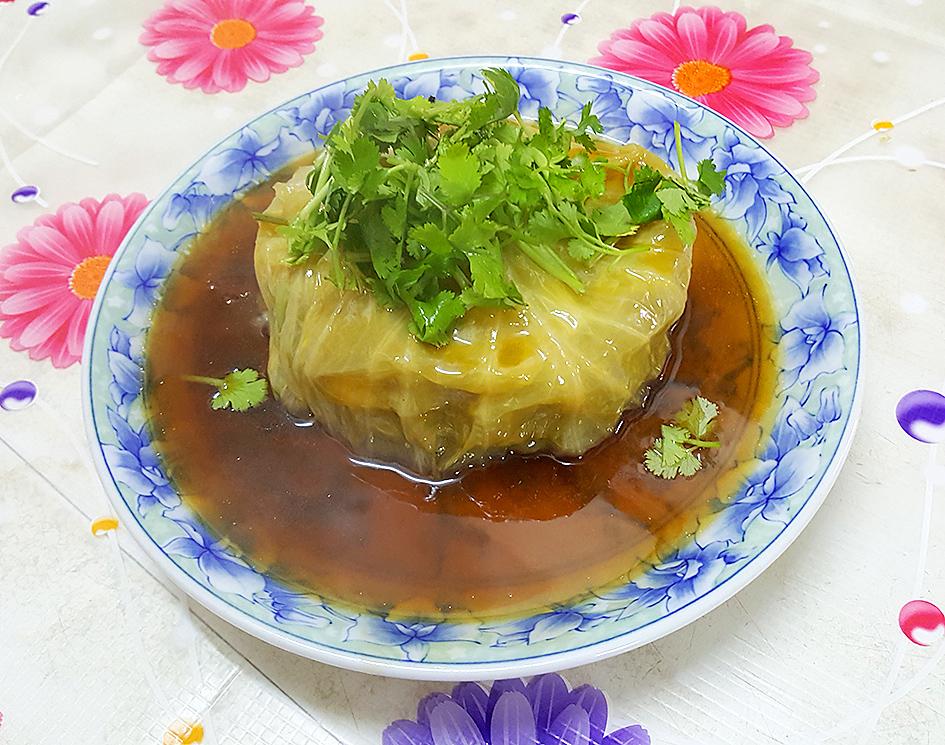
Photo: Katy Hui-wen Hung
Because none of these names bear any linguistic resemblance to tutuo, Cheng decided to investigate its origins, he explained in a July 23 talk hosted by Academia Historica (國史館) and attended by this reporter.
It’s unclear whether Taiwanese began calling the fish tutuo long before the name appeared in Qing gazetteers, says Cheng, who earned his doctorate at Leiden University in the Netherlands. A huge number of Qing historical records have been lost or destroyed, he says.
Fish of the genus Scomberomorus currently have various names in Taiwan, including majia and qingyu (鯖魚, Atlantic mackerel). In Penghu County, the name baijin (白金, “white gold”) is used to refer to its white abdomen, the most sought-after and expensive part of the fish.
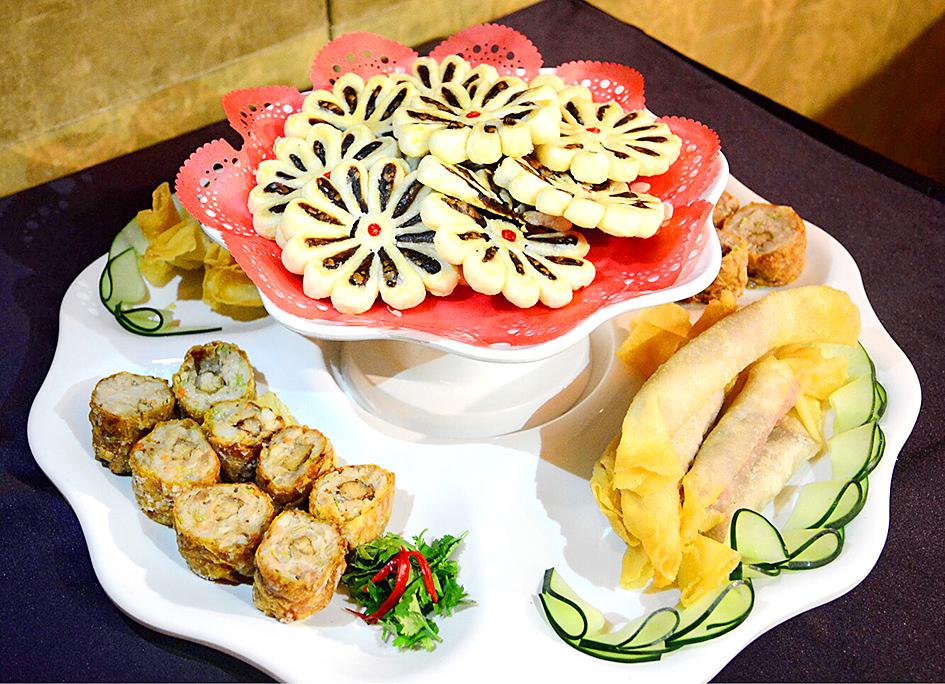
Photo: Katy Hui-wen Hung
However, tutuo cuisine has long been associated with Tainan, the center of Dutch influence in Taiwan from 1624 to 1662. If the Dutch had introduced tutuo to Taiwan, Cheng wondered why Taiwanese didn’t adopt a Dutch-derived term, or one that reflected indigenous Austronesian influences.
He began to suspect that the name tutuo is derived from Portuguese fish names such as bonito (a tribe of fishes related to mackerel and tuna) or dorado (a freshwater fish not to be confused with the marine dolphinfish).
The Dutch were already somewhat familiar with these fishes, which resemble Scomberomorus. The 16th-century Dutch explorer Cornelis de Houtman saw them during his navigation of the Maldives.
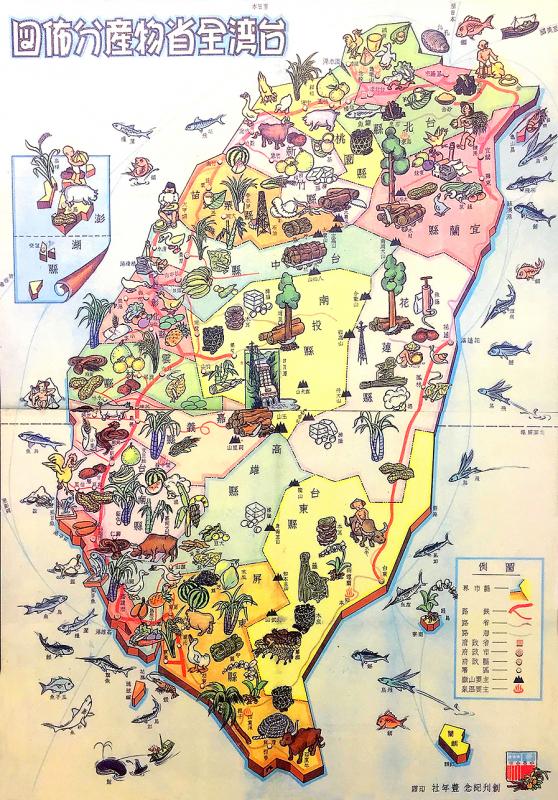
Photo: Katy Hui-wen Hung
Pronounced in Portuguese, bonito is “bo-ni-tu.” Likewise, dorado is “do-ra-du.”
According to Cheng, two terms that crop up in 18th-century Qing documents, ni-tu (泥犢) and do-du (土犢), were shortened versions of these Portuguese names. What’s more, “do-du” in 19th-century Spanish was pronounced “to-to,” even closer to today’s tutuo.
IN THE KITCHEN
To explain why the Dutch might have introduced a Portuguese fish name to Taiwan, Cheng suggests that koningsvis was most likely an official term and not employed by seafaring traders. The intense competition between the Dutch and Portuguese in Asia during that era resulted in frequent communication and exchanges between the two sides. It wouldn’t be strange if Dutch had picked up a fish’s name from the Portuguese and brought it to Taiwan, he says.
There’s perhaps another reason why Dutch names for this type of fish didn’t stick. It seems that the European traders, soldiers and officials who lived in Tainan in the 17th century had a disdain for consuming fish.
For example, Cheng cites Jacobus Bontius, a Dutch physician who served in the Dutch East Indies in the 17th century, who complained that mullet was unpleasant — too bony, not very tasty and sometimes carrying parasitic worms.
In 1639, a ship sailing from Taiwan to Batavia (today’s Indonesia) was stocked with six months’ worth of food for the 16 Dutch officers and 24 Chinese sailors on board. The meat rations were for the former, while the Chinese subsisted on fish. In 1646, aboard a Dutch ship on a military mission to Manila, beef and pork were served three days every week; other provisions included salted fish.
The Dutch of that era weren’t the only people in history who shunned fish. A blog entry by food historian Rachel Laudan titled “10 reasons why fish has been so suspect as food” explores Western preferences for meat.
The key component of the Tainan delicacy tutuo yugeng (土魠魚羹, Spanish Mackerel thick soup) incorporates a Portuguese culinary influence that likely reached Taiwan via Japanese colonists. The dish consists of fish fritters (typically battered with sweet-potato flour) served in a soup with napa cabbage, and commonly flavored with bonito flakes, pureed garlic, sesame oil, black vinegar and white pepper. Just before serving, the soup is garnished with cilantro.
The Portuguese introduced techniques of deep frying fish to Japan in the 16th century, which resulted in the Japanese dish tempura (its name is of Latin origin, from quatuor anni tempora, days during which meat is not consumed).
One advantage of deep frying is that it keeps the food fresh for longer. For this reason, traditional bando banquets in Taiwan included deep-fried items which guests could take home and enjoy later, or share with those who couldn’t attend.
But not all of the Portuguese foodways that caught on in Japan, and which later spread to Taiwan, involved deep frying. What Japanese and Taiwanese know as castella cake evolved from a sweet bread introduced to Japan by 16th-century Portuguese merchants, who called it pao de Castela.
The cabbage rolls that are popular in convenience stores — and now considered a Hakka speciality — are another example of what the Japanese call nanban (Western-Japanese fusion dishes).
Like so many things in modern Taiwan, these everyday things are the result of Taiwan’s diverse and multi-layered past.

Oct. 27 to Nov. 2 Over a breakfast of soymilk and fried dough costing less than NT$400, seven officials and engineers agreed on a NT$400 million plan — unaware that it would mark the beginning of Taiwan’s semiconductor empire. It was a cold February morning in 1974. Gathered at the unassuming shop were Economics minister Sun Yun-hsuan (孫運璿), director-general of Transportation and Communications Kao Yu-shu (高玉樹), Industrial Technology Research Institute (ITRI) president Wang Chao-chen (王兆振), Telecommunications Laboratories director Kang Pao-huang (康寶煌), Executive Yuan secretary-general Fei Hua (費驊), director-general of Telecommunications Fang Hsien-chi (方賢齊) and Radio Corporation of America (RCA) Laboratories director Pan

President William Lai (賴清德) has championed Taiwan as an “AI Island” — an artificial intelligence (AI) hub powering the global tech economy. But without major shifts in talent, funding and strategic direction, this vision risks becoming a static fortress: indispensable, yet immobile and vulnerable. It’s time to reframe Taiwan’s ambition. Time to move from a resource-rich AI island to an AI Armada. Why change metaphors? Because choosing the right metaphor shapes both understanding and strategy. The “AI Island” frames our national ambition as a static fortress that, while valuable, is still vulnerable and reactive. Shifting our metaphor to an “AI Armada”

The older you get, and the more obsessed with your health, the more it feels as if life comes down to numbers: how many more years you can expect; your lean body mass; your percentage of visceral fat; how dense your bones are; how many kilos you can squat; how long you can deadhang; how often you still do it; your levels of LDL and HDL cholesterol; your resting heart rate; your overnight blood oxygen level; how quickly you can run; how many steps you do in a day; how many hours you sleep; how fast you are shrinking; how

“‘Medicine and civilization’ were two of the main themes that the Japanese colonial government repeatedly used to persuade Taiwanese to accept colonization,” wrote academic Liu Shi-yung (劉士永) in a chapter on public health under the Japanese. The new government led by Goto Shimpei viewed Taiwan and the Taiwanese as unsanitary, sources of infection and disease, in need of a civilized hand. Taiwan’s location in the tropics was emphasized, making it an exotic site distant from Japan, requiring the introduction of modern ideas of governance and disease control. The Japanese made great progress in battling disease. Malaria was reduced. Dengue was